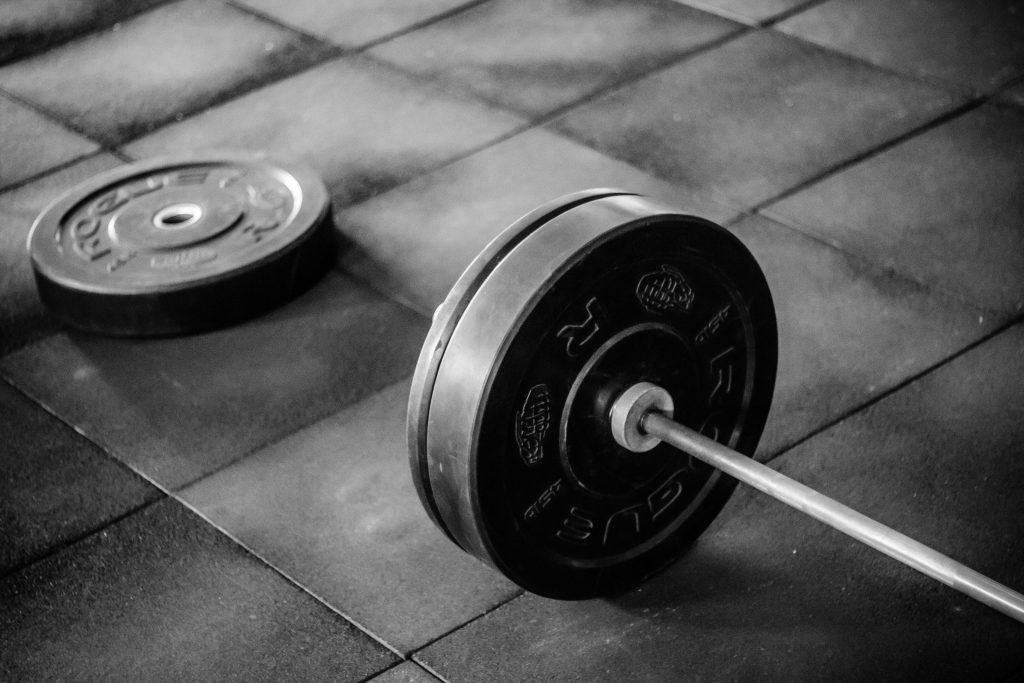
Menu

The bench press is a fundamental exercise in strength training, targeting the chest, shoulders, and triceps. Calculating your ideal bench press weight is crucial for setting realistic goals and tracking progress. In this comprehensive guide, we’ll walk you through the process of calculating your bench press weight, covering everything from determining your one-rep max (1RM) to understanding how to use it effectively in your training regimen.
Discover your true bench press potential with the Weights And Glory Bench Press Calculator. Whether you’re a seasoned lifter or just starting your fitness journey, our calculator provides accurate insights into your bench press weight. Take the guesswork out of your training and unlock your strength potential with our precision tool today!
Content

Your one-rep max (1RM) is the maximum amount of weight you can lift for a single repetition of an exercise with proper form. While testing your 1RM directly can be risky, there are safer methods to estimate it. One popular approach is calculating bench press max or performing submaximal testing with heavier loads and using a conversion formula to estimate your 1RM. Alternatively, you can use a weight that allows you to perform 3-5 reps with good form and use a 1RM prediction formula to estimate your maximum lift.

Understanding your weight capacity, for a repetition in the bench press is essential for various reasons. It can be particularly helpful when it comes to setting goals and monitoring progress during strength training. Your one rep max (1RM) represents the weight you can lift correctly once. It plays a role in creating strength or powerlifting routines By determining percentages based on your 1RM you can also structure your workouts to focus on objectives like strength building, power enhancement or muscle endurance. For instance working out at percentages of your 1RM (85 95%) typically boosts maximal strength whereas lower intensities (e.g., 65 75%) can improve muscular endurance.
Furthermore, having knowledge of your bench press 1RM serves as a source of motivation and a measure of progress. It provides a measurable goal that individuals can strive to enhance over time. As people engage in training and adapt to their routines their strength levels will evolve; periodic reevaluation of the 1RM enables them to accurately gauge their advancements and tweak their workout strategies accordingly. This approach ensures growth by sidestepping performance plateaus and preventing strain making the journey, towards enhancing bench press capabilities both strategic and fulfilling.

Calculating your bench press weight involves determining your one-rep max (1RM), which is the maximum amount of weight you can lift for a single repetition with proper form. Here’s a step-by-step guide to help you calculate it safely and effectively:
(source)
Choose one that aligns with your preference and input the weight and reps to obtain your estimated 1RM.
Remember, safety is paramount when attempting to calculate your bench press weight. Always use a spotter when lifting heavy weights, and listen to your body to avoid injury. Additionally, if you’re new to weightlifting or unsure about your technique, consider working with a qualified trainer to ensure proper form and technique throughout the process.

Counting weight in bench press involves adding up the weight of the barbell and any additional weight plates loaded onto it. Here’s how to count weight in bench press:
For example, if you’re using a standard Olympic barbell weighing 45 pounds and you add two 45-pound weight plates on each side, the total weight lifted would be:
Barbell Weight (45 pounds) + Weight Plates (45 pounds + 45 pounds) = 135 pounds
So, in this scenario, you would be bench pressing a total weight of 135 pounds. Keep track of the total weight lifted to monitor progress and ensure proper progression in your strength training routine. Always use collars to secure the weight plates on the barbell to prevent them from sliding off during the exercise and causing injury.
Determining how much you should bench press in kilograms depends on various factors, including your strength level, experience, and fitness goals. However, a common approach is to start with a weight that you can lift for a certain number of reps with good form, typically in the range of 8-12 repetitions for muscle endurance and hypertrophy training.
Here’s a general guideline to help you determine how much weight to bench press in kilograms based on your fitness level:
Beginner:
Intermediate:
Advanced:
It’s essential to listen to your body, gradually increase the weight as you become stronger, and always prioritize proper form and technique to prevent injury. Additionally, consider working with a qualified trainer to assess your strength level and provide personalized guidance on your bench press progression.

The amount you should bench press for your weight can vary depending on several factors, including your strength level, experience, and fitness goals. However, a common way to determine a benchmark is to consider your body weight as a percentage of your one-rep max (1RM), which is the maximum weight you can lift for a single repetition with proper form. Here’s a general guideline:
For example, if you weigh 70 kilograms:
Remember, these are just general guidelines, and individual strength levels and capabilities can vary. Always start with a weight that you can lift comfortably with proper form, gradually increase the weight as you become stronger, and listen to your body to prevent injury. If you’re unsure about how much weight to lift, consider consulting with a qualified fitness professional for personalized guidance.
Here’s a simple bench press calculator chart to help you estimate your one-rep max (1RM) based on the number of reps you can perform with a given weight:
| Reps | % of 1RM |
| 1 | 100% |
| 2 | 95% |
| 3 | 93% |
| 4 | 90% |
| 5 | 87% |
| 6 | 85% |
| 7 | 83% |
| 8 | 80% |
| 9 | 77% |
| 10 | 75% |
| 11 | 73% |
| 12 | 70% |
To use the chart, select the number of reps you can perform with a certain weight, then find the corresponding percentage of your one-rep max. For example, if you can bench press 100 kilograms for 5 reps, your estimated one-rep max would be approximately 87 kilograms (87% of 100 kilograms).
Keep in mind that these percentages are estimates and can vary based on individual strength levels and other factors. Additionally, always prioritize proper form and technique when performing bench press exercises, and consider consulting with a qualified trainer for personalized guidance on your strength training routine.
Once you know your ideal bench press weight for different rep ranges, you can incorporate it into your training program. Progressive overload, gradually increasing the weight lifted over time, is key to strength and muscle gains. You can structure your workouts using sets and reps based on your goals, such as performing multiple sets of 3-5 reps for strength or 3-4 sets of 8-12 reps for hypertrophy. It’s essential to track your progress regularly and adjust your training intensity as needed to continue making gains.
Understanding how to calculate your bench press weight is essential for achieving your strength and fitness objectives. By grasping your one-rep max, effectively programming your workouts, and adhering to best practices, you can enhance your bench press performance and make strides towards your goals safely and efficiently. Continuously challenge yourself, maintain consistency, and relish the process of mastering this iconic exercise. For precise insights into your bench press capabilities and overall fitness journey, consider utilizing the Weights and Glory Bench Press Calculator and Fitness Calculators. These precision tools are designed to provide personalized guidance and support, empowering you to unlock your full potential and achieve success on your fitness journey.